- Experiment
ARt chat
- Interactive label
- Research
ARt chat combines three elements: Augmented Reality (AR), art and the communication between the visitors of an exhibition.
Project development: As part of the partnership between Düsseldorf University of Applied Sciences (HSD) and previous.nextmuseum.io, students developed three different prototypes for interactive object signs. The application ARt chat was selected to be further developed with HSD’s MIREVI Lab and tested in the partner museums. The exhibition “Kunstreichgewächse” at the Museum Ulm in September 2021 served as the first test site for the application. The exhibition was scanned and converted into a locally functioning version of the application that the public could test on borrowed iPads. User testing in Ulm allowed any final bugs to be identified and fixed by the MIREVI team. Finally, the handover to external partners for completion and release in the Google Play Store and App Store took place, making ARt chat accessible on the user’s own mobile device in the exhibitions “Suversives Design” in the NRW-Forum (11.2.-22.5.22) and “Wir müssen reden!: Die Münster-Krippe im Meinungsstreit” in the Museum Ulm (19.2.-19.6.22). The application can be downloaded free of charge from the App Store (Google Play Store/ Apple Store). The code and technical documentation have been made available on GitHub for other interested museums.
Prototype: The prototype version only works on a local smartphone or tablet with a demo version of the application. By clicking on the AR button, the camera of the respective device opens to scan the QR code of an artwork. After scanning the QR code, visitors can write a comment and place it as a 3D element in augmented reality using drag & drop. Chat between different visitors is not yet possible at this stage.
Concept and prototype development (HSD students): Miriam Jost, Michael Michel, Kim Tischer
First public test version: In the advanced test version, the application continues to run only on locally installed tablets that can be borrowed from the museum. Here, the comments of other visitors who have already been to the exhibition or are currently in the museum are displayed and updated in real time, and one can also reply to them. It is possible to create a personal account that visitors can reactivate for each new visit. It is not yet possible to activate and manage the account from home.
Further development (MIREVI Team HSD): Fabian Büntig and Sven Heinen
Final version in online stores: The final version is available for download in both stores and can be used on all AR-enabled devices. User accounts can be registered automatically via an existing Apple, Google or FB account. After visiting an exhibition and commenting on the artwork, visitors can continue the conversation from home and receive info about the chat activities they were involved in.
In a final round, the user experience and the design will be adjusted based on feedback. Furthermore, a swear filter will be implemented so that inappropriate content is blocked before uploading and selected emojis will be introduced as a reaction option to comments, which is meant to make the application even more fun and intuitive.
Optimization and release: VOBE.digital
Added value: Unlike elements that have already been implemented in the museum, visitors can choose to use or not to use the app without having information withheld. ARt chat is intended to stimulate discussion among visitors. Since the content is freely configurable, the target group ranges from interested first-time visitors to professionals. During and after a museum visit there is the possibility to interact with the exhibition. In addition, one has a sustainable storage of museum visits and one’s own interactions, which can be retrieved long after the actual museum visit. The museum can collect, answer, and evaluate questions. Only anonymized data regarding interaction with artworks and their comments are stored and evaluated. This data can be helpful, for example, in planning further exhibitions or optimizing a permanent exhibition. In the longer term, the application can be used and adapted for several museums and exhibitions. This has an advantage for the users, who only need one application, but also for the museums, because they do not have to develop their own museumspecific application.
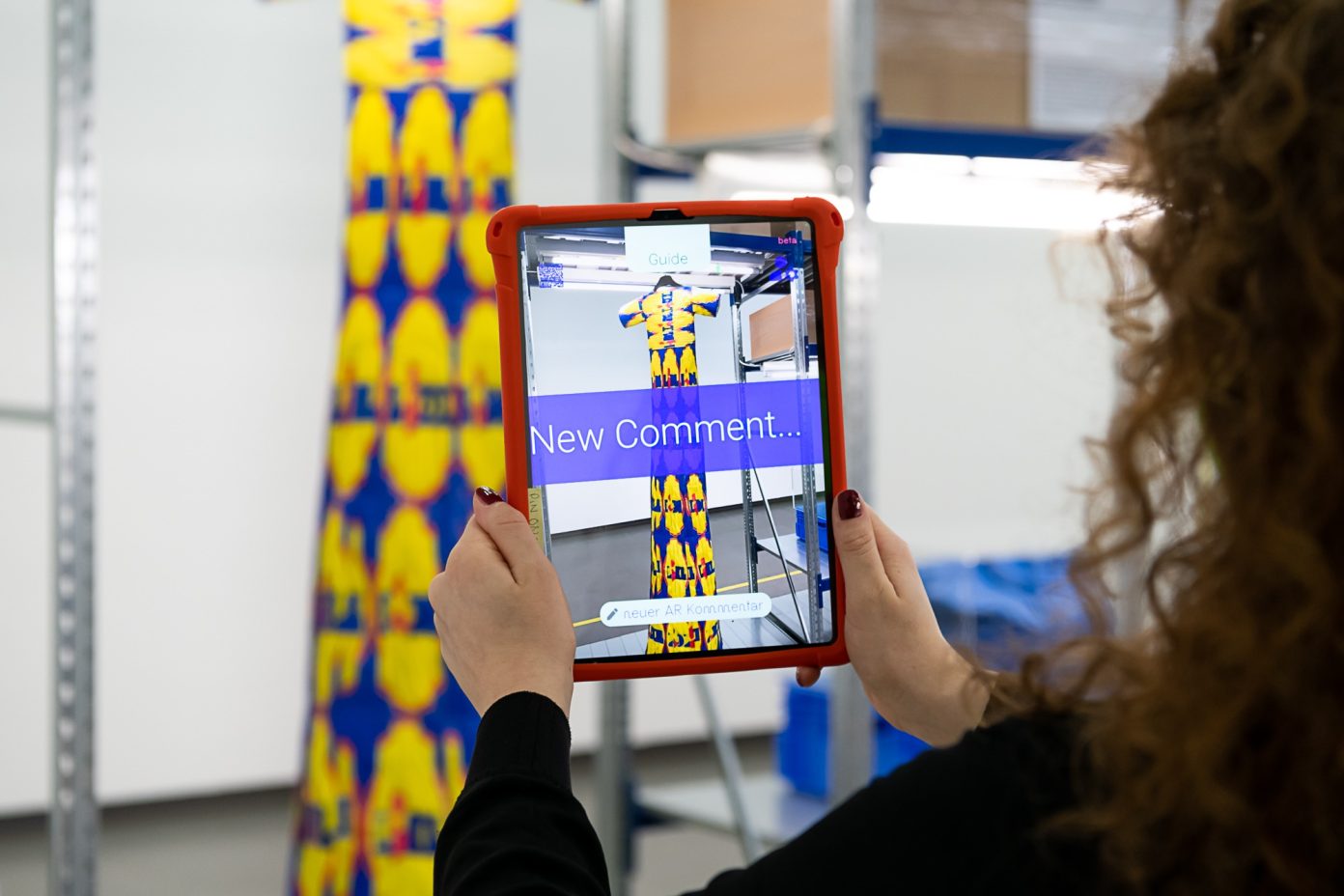
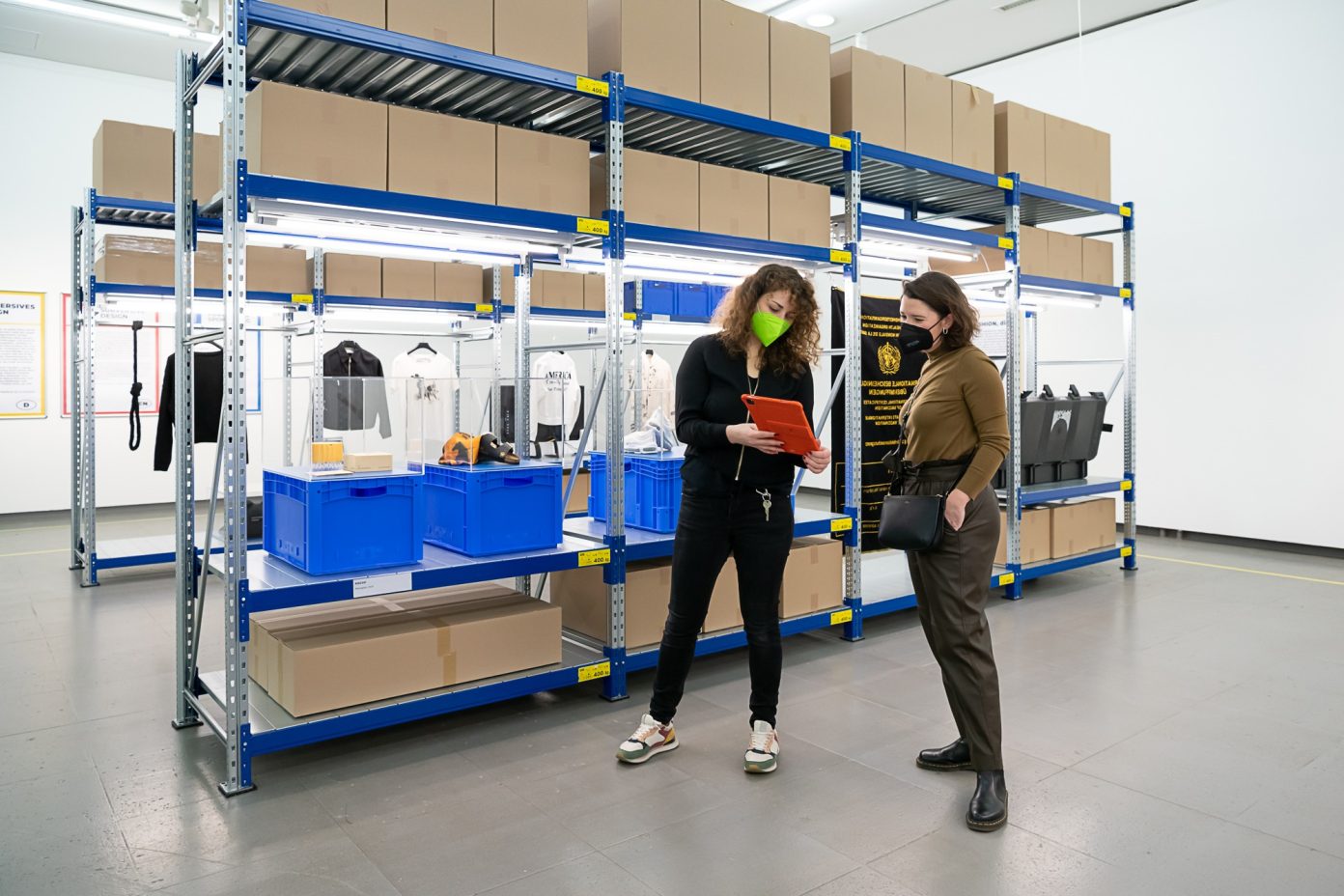
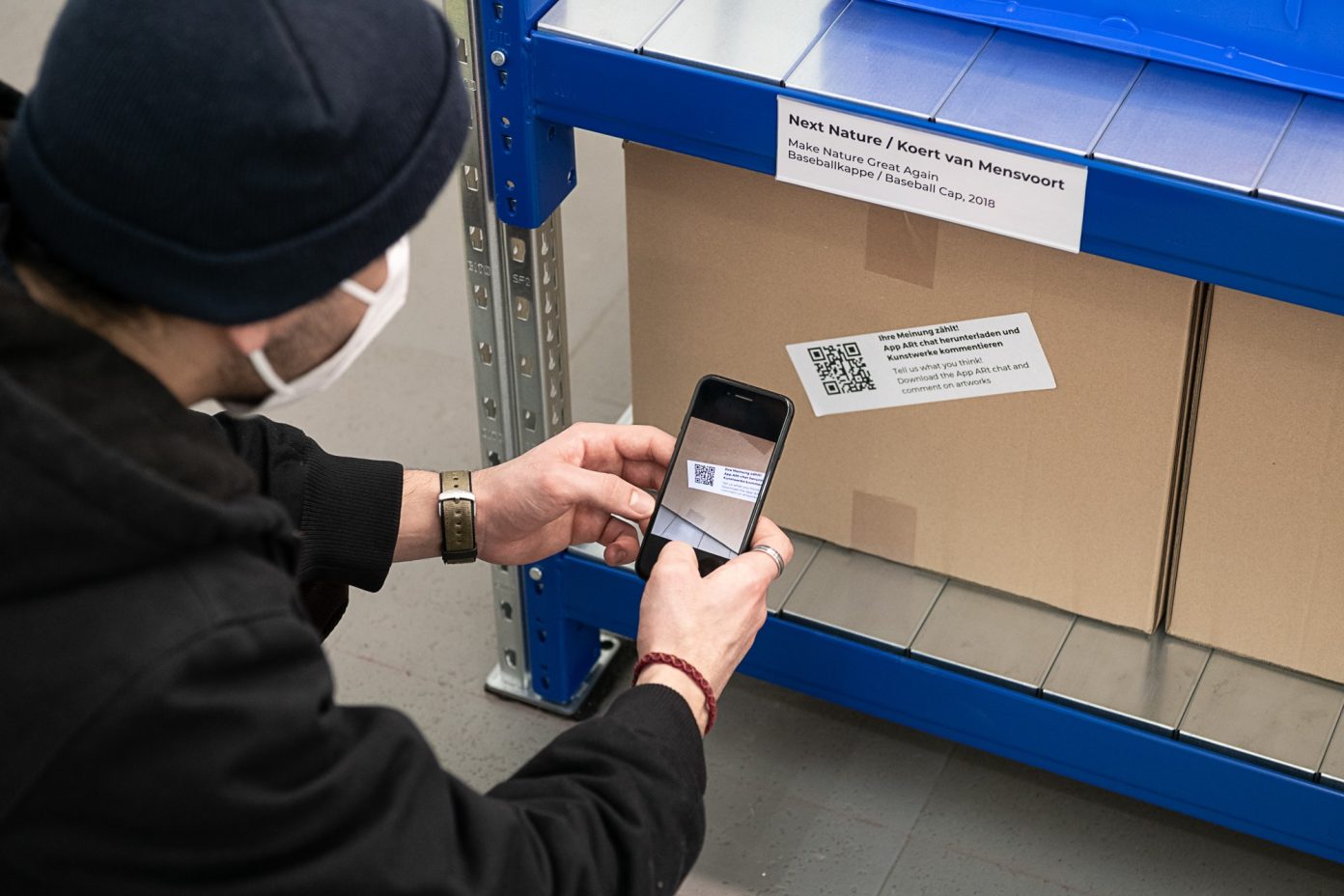
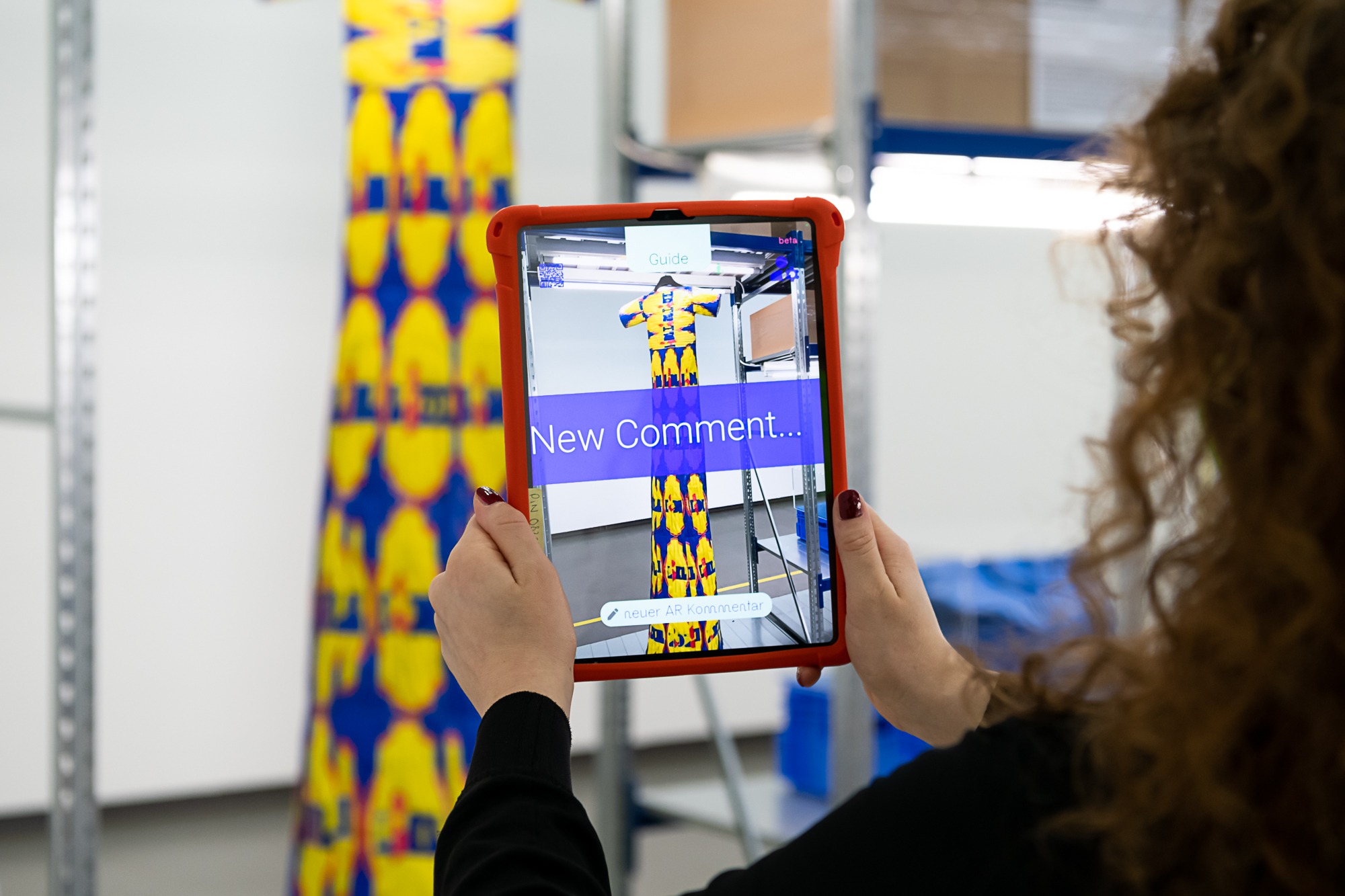
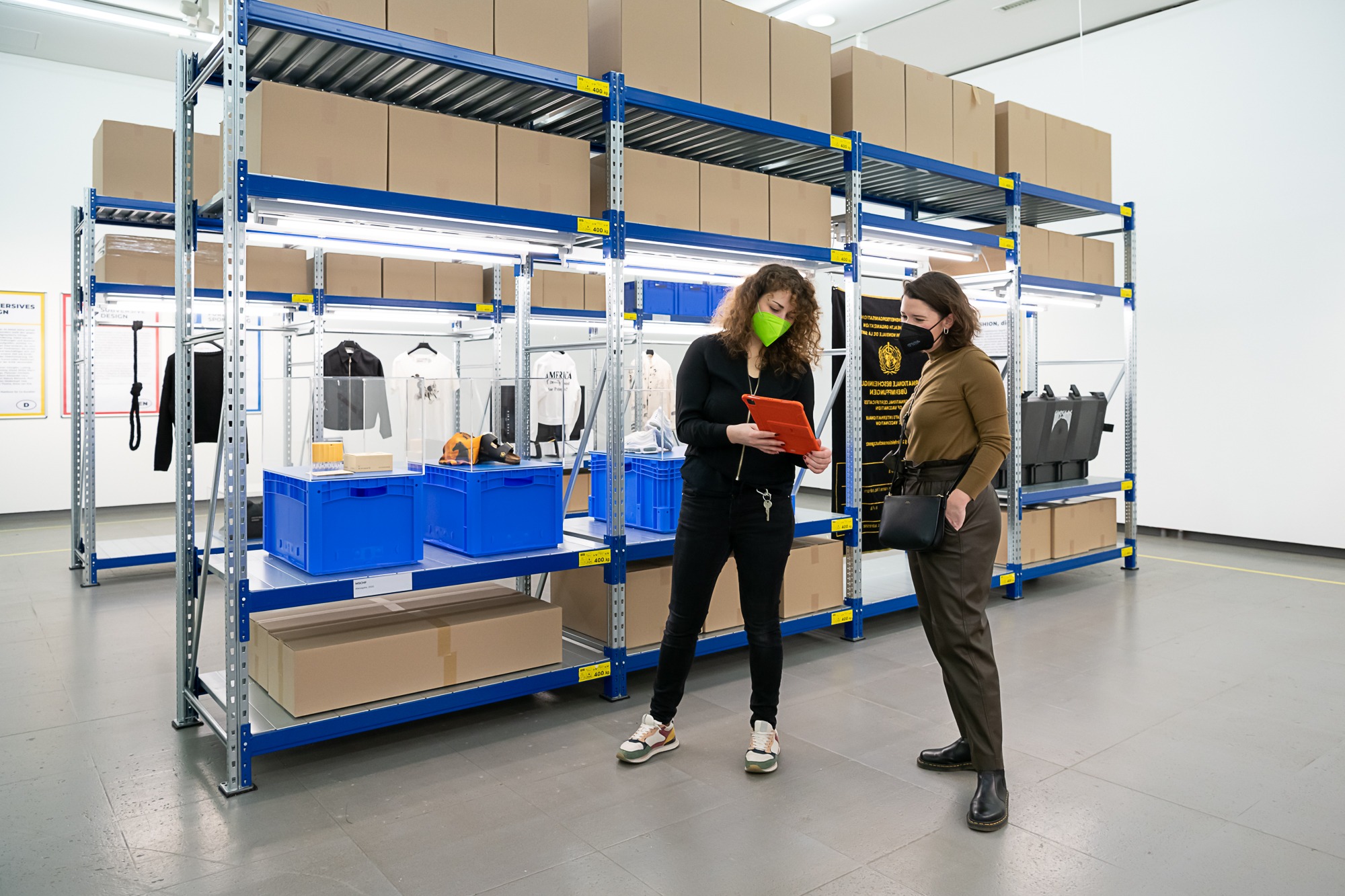
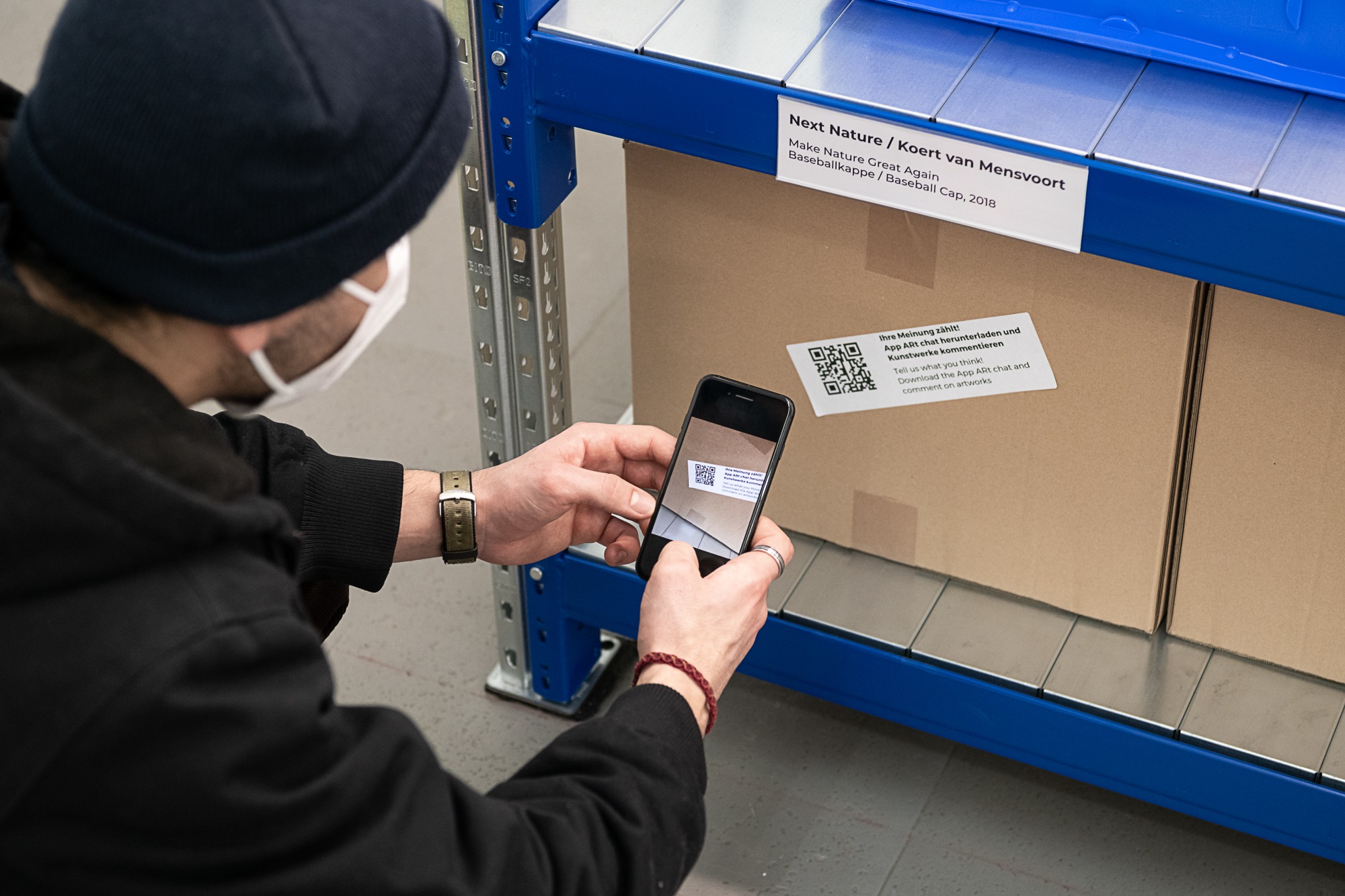
Ich bin gespannt!
Fantastische Idee! Ich freue mich auf den Prototypen!